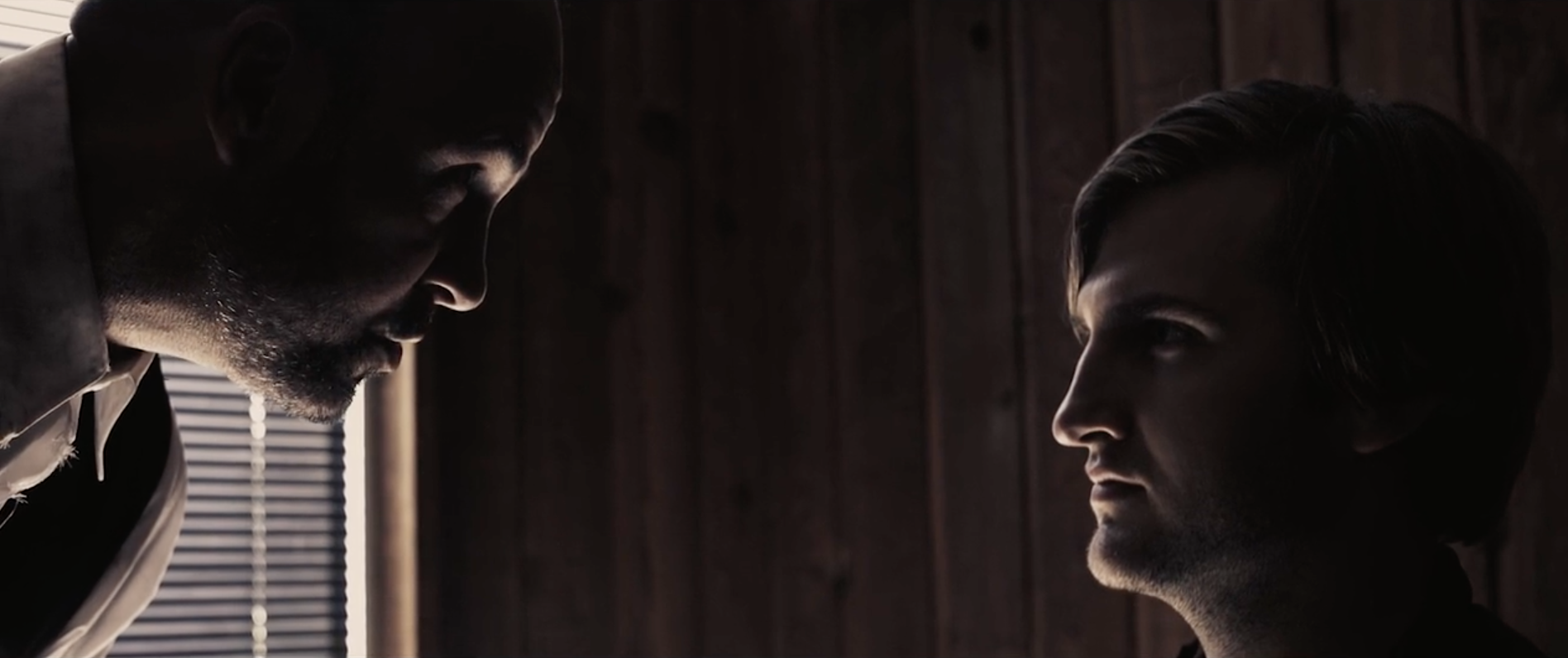A Breath of New Life, by Reed Lackey
6 Mar

Filmmakers in the faith-based genre have rarely even attempted a thriller, let alone an overt horror film. However, making a noteworthy attempt to marry religious concepts with metaphorical monsters is the recent film from writer/director Matt Long called The Red Resurrection. The film cleverly layers its Christian metaphors into its plot while remaining remarkably even-handed, although it can’t quite overcome the obvious stylistic restraints of a limited budget and a first time filmmaker.
After an extended opening credits sequence displaying the monstrous – if standard – scenes of flesh-eating zombies pursuing and overpowering their prey, we are shown Abby (played by newcomer Kirstie Piper) waking from a seemingly deep slumber, her face and arms covered in someone else’s blood. She quickly learns that through the efforts of Paulie and Jon (Rick Boling and Daniel Cutteridge respectively) she has actually been brought back to life from the infection that turned her into a cannibalistic monster, the plague having been expunged from her by an injection of the blood of the man Paulie and Jon follow. Now, the three of them must try to return to Safe Haven, the compound where others like them are working to rid the world of the plague forever, while evading the pursuit of a violent group of zealous rogues.
The Red Resurrection has a lot going for it in the simplicity of its premise, and in the way it takes its time introducing the central conceit of the plague cure (which is the most directly religious element of the film). The film is more than halfway through its runtime before we know the details of the mysterious cure, allowing us to get to know the characters a bit more and develop some mystery around the two groups in conflict. With the exception of a final coda which feels a bit forced, the film never broadcasts its faith-based considerations too explicitly. It is apparent that the filmmakers wanted the metaphors to service the story, rather than the other way around, which is noteworthy.
Yet, the film’s fundamental impact struggles to overcome some stereotypes of first-time filmmakers operating on limited budgets. While the film has a remarkably compelling visual palette, reflecting the dim shade of the world which these characters navigate, there is very little dynamic to the lighting or color. It might have served the film well to be shot in black and white, providing an opportunity for some stronger visual options in the usage of shadows. The sound design is also frequently unbalanced, with dialogue leaping up and down in the mix as shots change.
But perhaps the biggest detriment to the film’s rhythm is a surprisingly glacial pacing. There are several moments of well set up suspense, particularly in the climactic confrontations, but nearly every spoken line is laboriously drawn out and lacks dynamics, frequently with extended pauses between character exchanges which undermine most of the tension when people are speaking. As a result, the film’s most interesting moments are when characters are in thought without dialogue, and we are permitted to draw our own conclusions about their intentions or fears.
Meanwhile the script, while competent and occasionally interesting, is a bit too clinical. Every character speaks and sounds the same, which makes it difficult to build dramatic tension. Where the film overcomes this the most is during a climactic trial where our heroes must make a case against their cultish captors for why they should be set free. This specific scene is the cumulative payoff of the film’s various narrative and character threads before pivoting into the film’s only major zombie attack, and it is mostly executed effectively, but still doesn’t quite overcome the strange, metronome-like cadence with which literally every character speaks, which is also likely attributable to the nearly unanimous first-time cast of performers.
But despite the obvious marks of an inaugural creative team, there are signs of tremendous potential on display here, most especially in the instinct the filmmaker has to mostly restrain from heavy-handed sermonizing and in the way he has structured the core conflicts. The Red Resurrection would benefit tremendously from a tighter running time, a swifter pace, and a more dynamic approach to visuals and characterization, but it’s hard not to applaud a genuinely interesting approach to a genre which has nearly exhausted the narrative and metaphorical possibilities elsewhere.



No comments yet